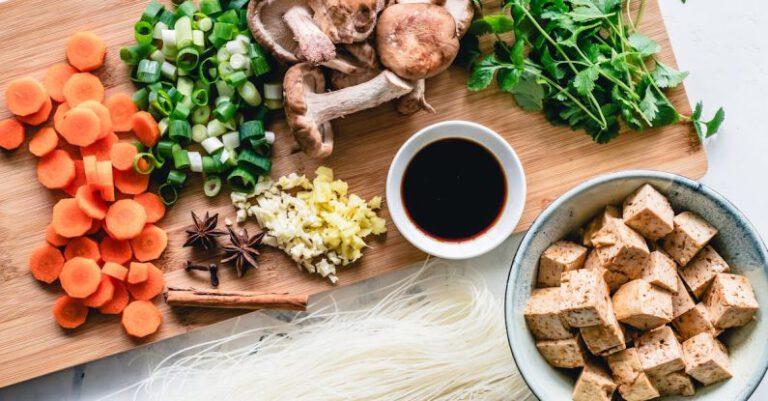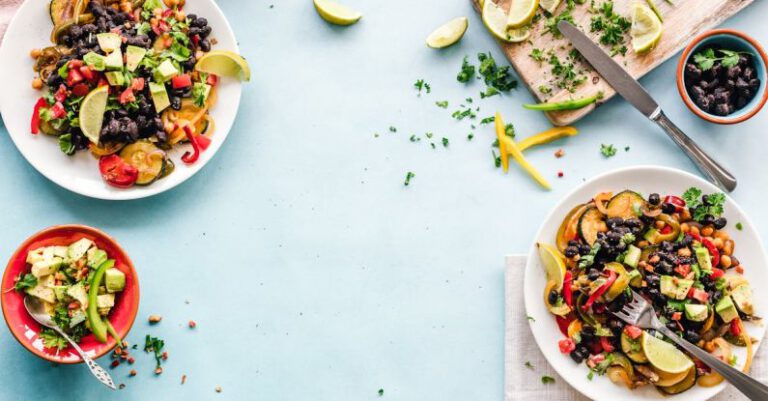
Cooking is an art that varies significantly across different cultures worldwide. Each region has its unique cooking techniques that have been passed down through generations, adding a distinct flavor to their cuisine. From ancient traditions to modern innovations, let’s explore some of the most fascinating and unusual cooking techniques from around the globe.
**Pit Cooking**
Pit cooking is a method that involves cooking food in an underground pit. This technique is commonly used by various indigenous communities, such as the Maori in New Zealand and the Kalahari Bushmen in Africa. The food, typically meat or vegetables, is placed in a pit lined with hot stones and covered with leaves or soil to trap the heat. The slow cooking process results in tender and flavorful dishes that are unique to this method.
**Tandoor Cooking**
Originating in the Indian subcontinent, tandoor cooking involves using a cylindrical clay oven known as a tandoor. This method is popular for cooking bread like naan and meats such as tandoori chicken. The food is cooked at high temperatures inside the tandoor, giving it a distinctive smoky flavor and charred texture. Tandoor cooking has gained popularity worldwide, with many restaurants now incorporating tandoor ovens in their kitchens.
**Ceviche**
Ceviche is a traditional South American dish that involves “cooking” raw fish or seafood using citrus juices, typically lime or lemon. The acid in the citrus juice denatures the proteins in the seafood, giving it a cooked appearance and texture without applying heat. Ceviche is often mixed with ingredients like onions, cilantro, and chili peppers to create a refreshing and zesty dish that is popular in countries like Peru and Ecuador.
**Hāngi**
Hāngi is a traditional Maori cooking technique from New Zealand that involves cooking food in an earth oven. Similar to pit cooking, food is placed in a pit lined with hot stones, then covered with wet cloths and soil to create steam. The hāngi method is used to cook a variety of foods, including meats, root vegetables, and sweet treats like puddings. This cooking technique imparts a unique earthy flavor to the food and is often used in cultural celebrations and gatherings.
**Wok Hay**
Wok cooking is a staple in Chinese cuisine, but the concept of “wok hay” takes it to a whole new level. Wok hay, which translates to “breath of the wok,” refers to the smoky and aromatic flavor that comes from stir-frying ingredients in a well-seasoned wok over high heat. Achieving wok hay requires skill and precision, as the ingredients must be constantly tossed and cooked quickly to create the signature flavor. This technique is said to give the food a complex depth of flavor that is highly prized in Chinese cooking.
**Fermentation**
Fermentation is a cooking technique that has been used for centuries to preserve and enhance the flavor of food. This process involves the breakdown of sugars and carbohydrates by microorganisms like bacteria and yeast, which produce acids, gases, and alcohol. Fermented foods like kimchi from Korea, sauerkraut from Germany, and miso from Japan are examples of dishes created through fermentation. This technique not only adds unique flavors to food but also provides health benefits due to the presence of probiotics.
**Conclusion: Exploring Culinary Diversity**
The world of cooking is a vast and diverse landscape, with each culture contributing its own unique techniques and flavors. From pit cooking in the Pacific Islands to tandoor cooking in India, the art of cooking is a reflection of a community’s history, traditions, and creativity. By exploring these unique cooking techniques from around the world, we gain a deeper appreciation for the rich tapestry of culinary traditions that make our global cuisine so vibrant and exciting.





